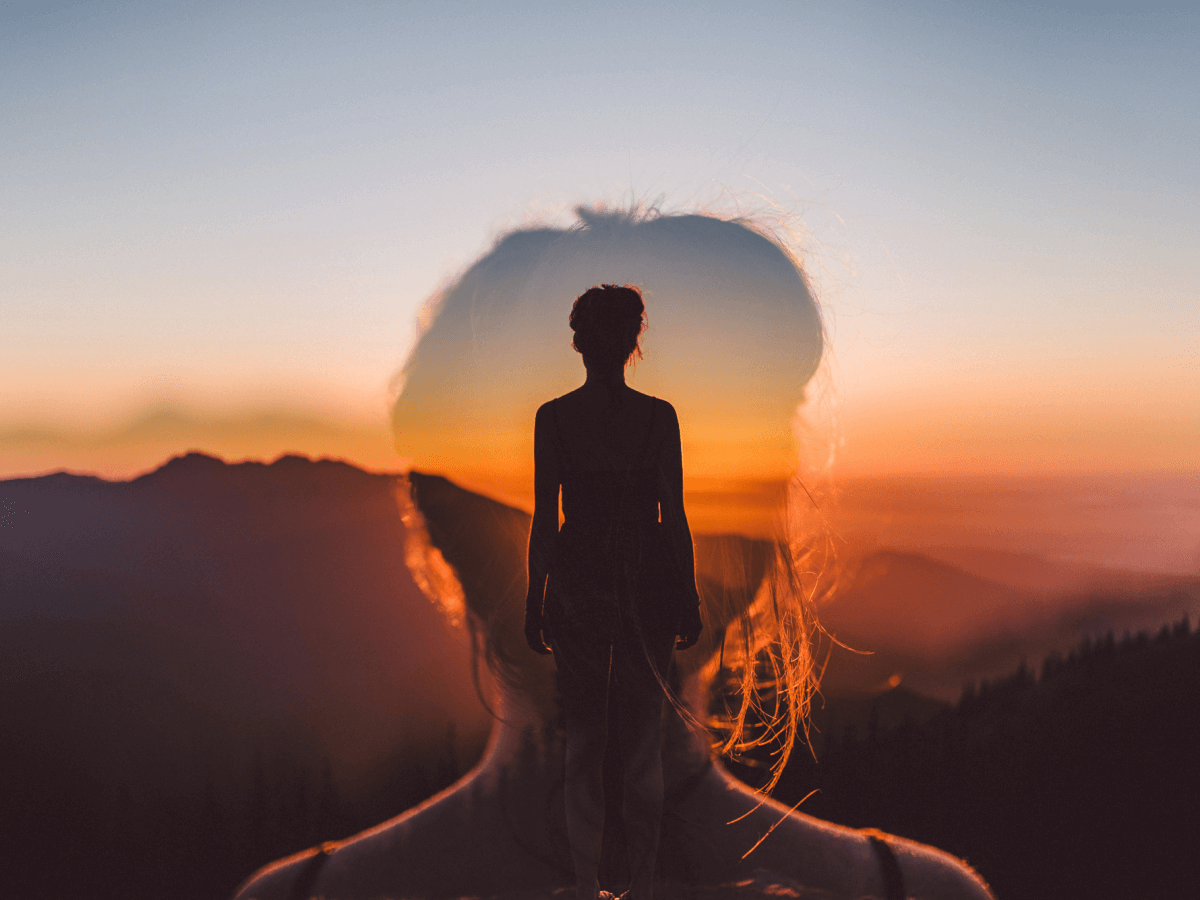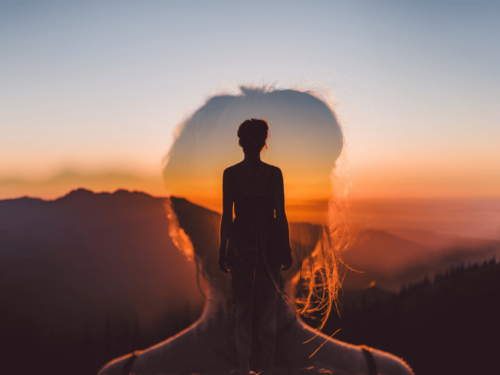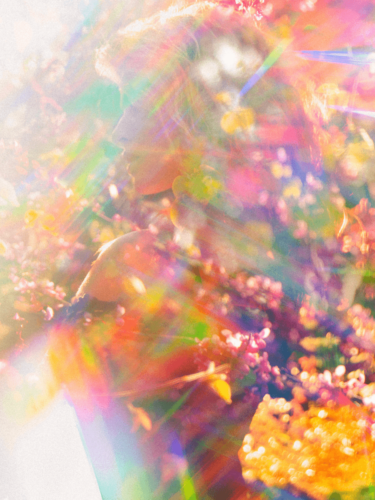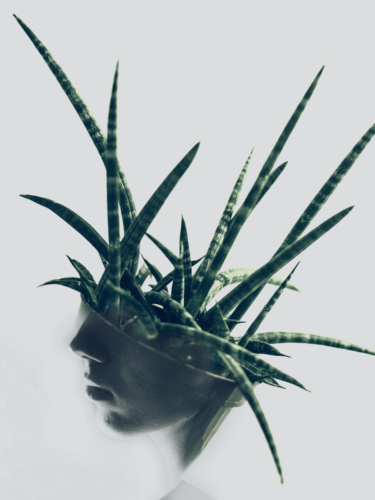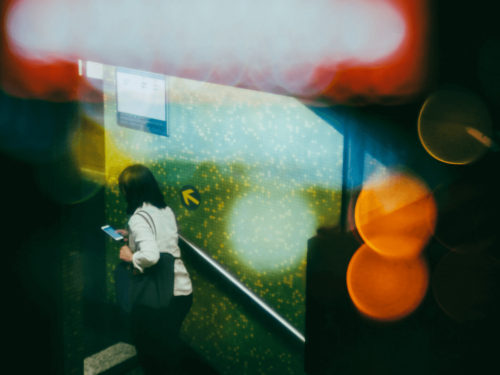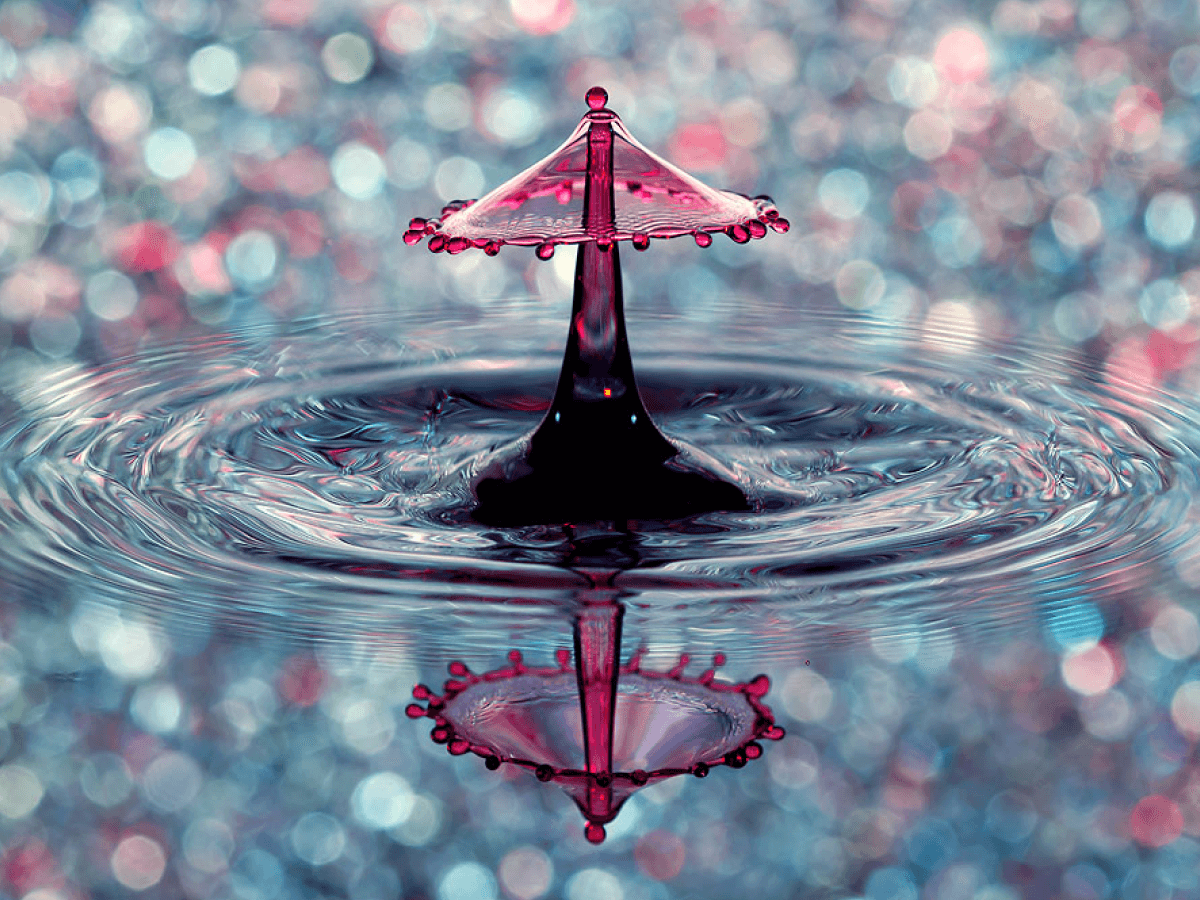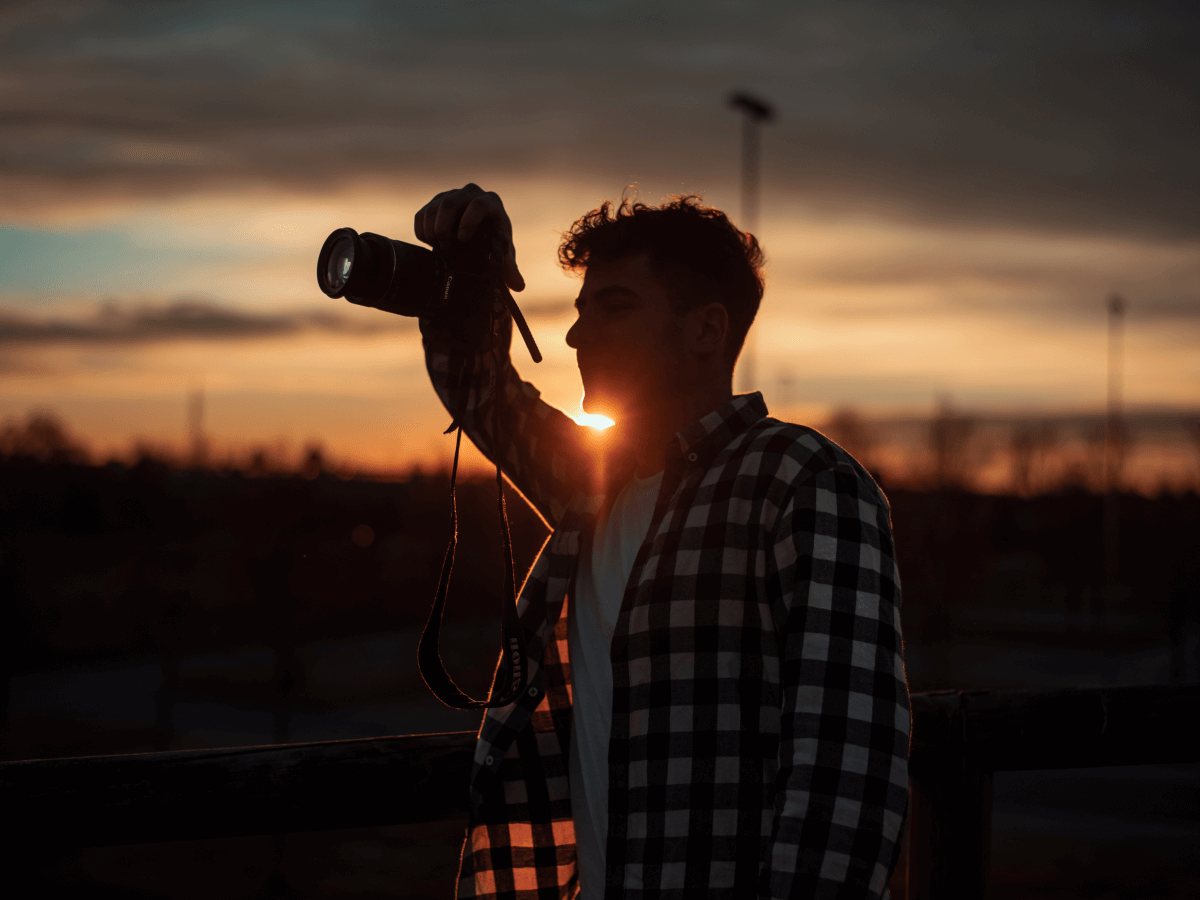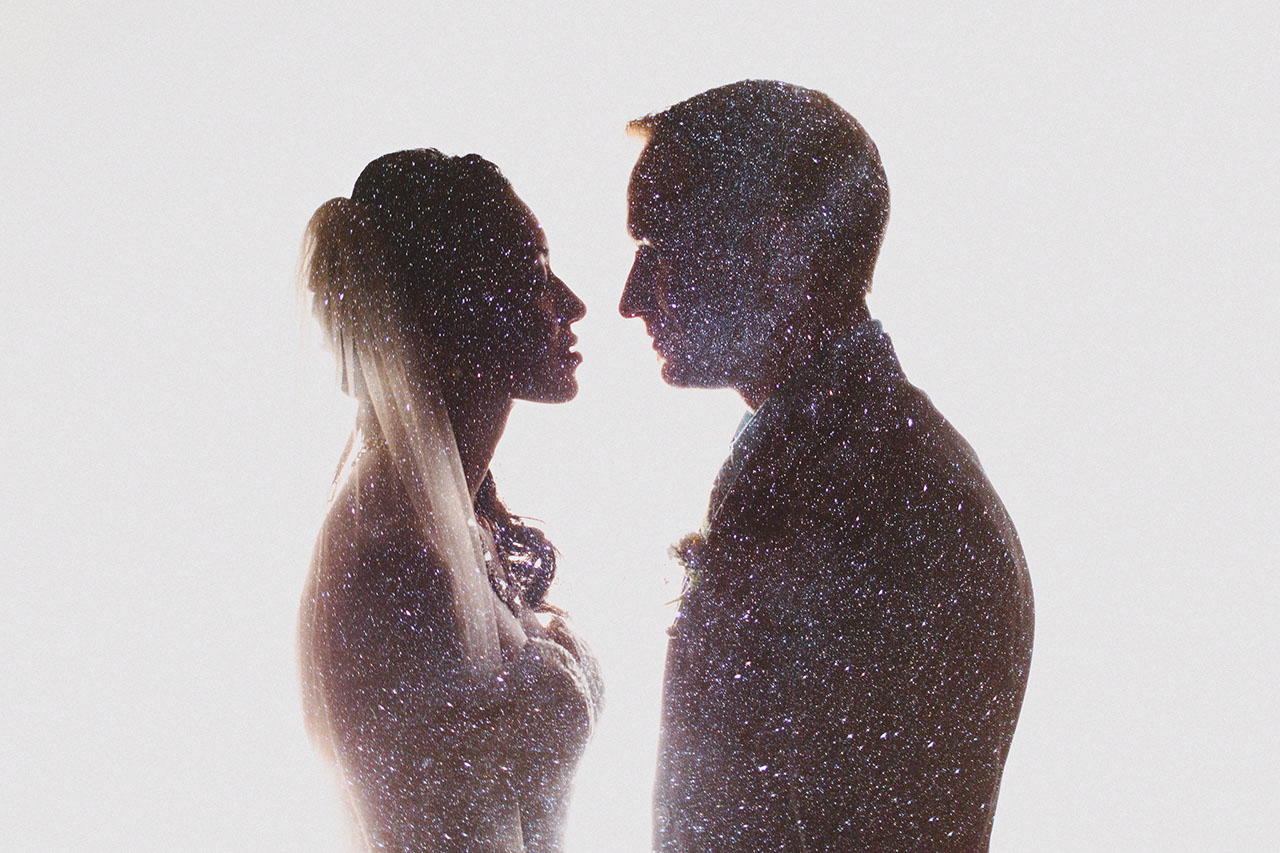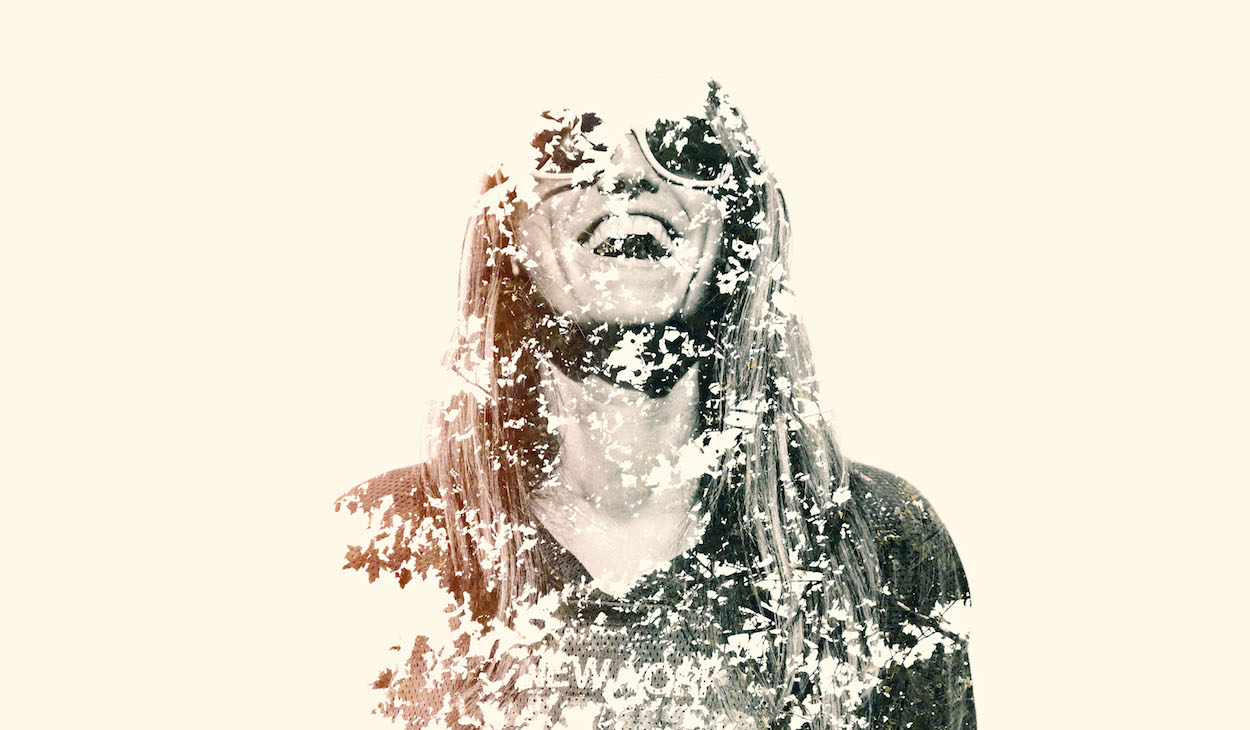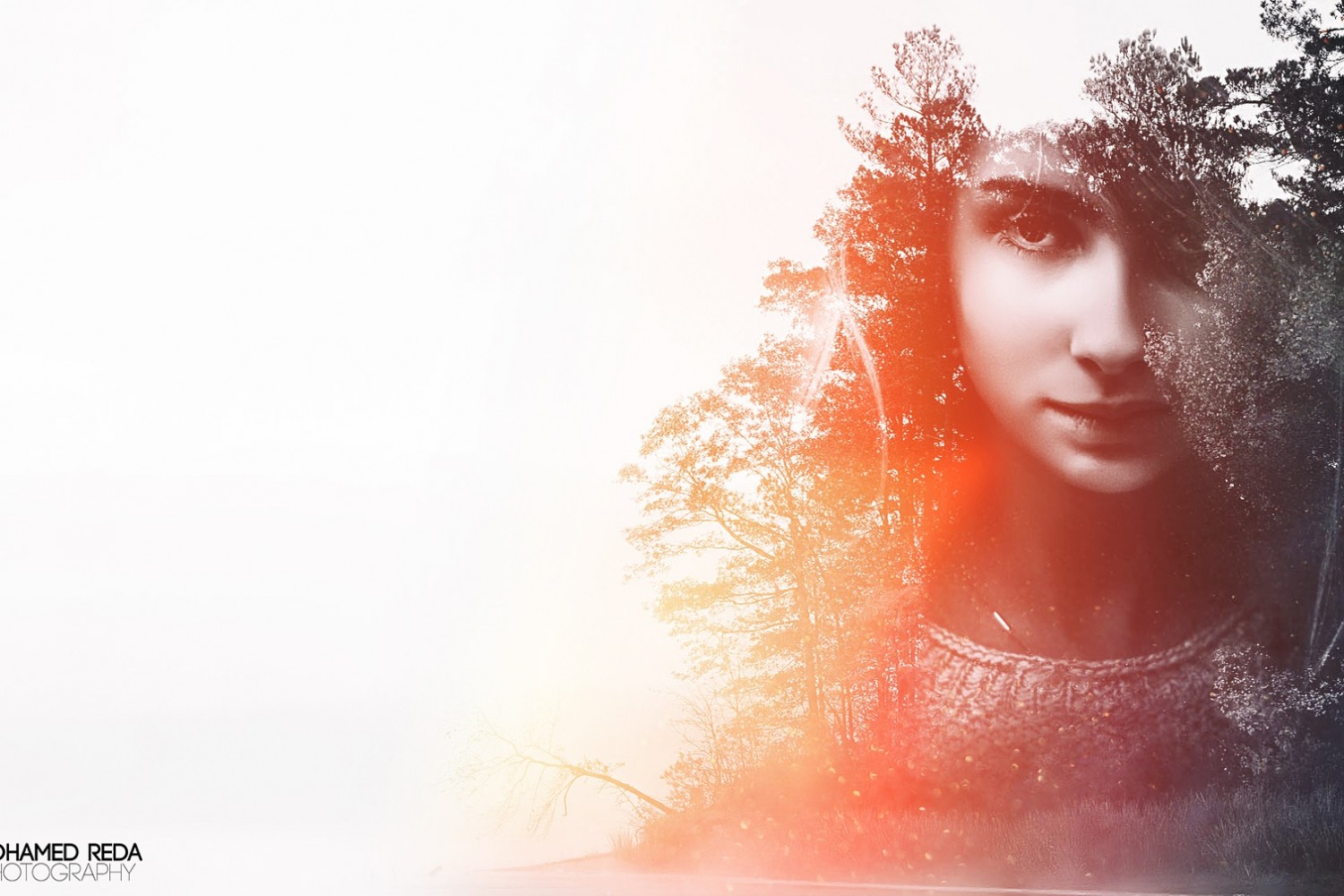Photography is a medium filled with endless creative possibilities, and one captivating technique stands out: multiple exposures. By layering two or more images into a single photograph, you can introduce visual rhythm, tell compelling stories, and create unique, dreamlike effects.
Ready to explore how multiple exposures can elevate your photography? Let’s dive in!
The Artistic Appeal of Multiple Exposures
Multiple exposure photography combines different images to produce intriguing, layered visuals that can’t be captured in a single shot. Unlike standard photography, this technique blends scenes, textures, and movements, creating rhythm and harmony within a frame.
The results often appear poetic or surreal, engaging viewers by challenging their perception and inviting deeper exploration.
Essential Techniques for Creating Visual Rhythm
To create visual rhythm effectively through multiple exposures, consider these fundamental methods:
- Repetition and Patterns: Using repetitive elements across exposures helps establish a rhythmic, visual cadence. Repeated shapes, textures, or subjects create cohesive layers, guiding the viewer’s eye seamlessly through your composition.
- Balancing Contrast: Combine images with complementary contrasts—like sharp and soft textures or dynamic and static scenes—to produce engaging visual interactions. This approach enhances depth and strengthens the rhythmic connection between layers.
- Thoughtful Composition: Pay close attention to how you position subjects across each exposure. Effective composition ensures clarity in your storytelling, enhances visual rhythm, and prevents chaotic or overly abstract results.
Choosing the Right Camera Settings
Creating multiple exposures requires precise camera settings. Here are some recommended guidelines:
- In-Camera Multiple Exposure Mode: Many DSLRs and mirrorless cameras have built-in modes for combining exposures seamlessly.
- Manual Exposure: Adjust exposure manually to prevent overexposed or overly dark images.
- Consistent Aperture and ISO: Keep aperture and ISO settings consistent across shots to maintain uniform brightness and depth-of-field.
- Experiment with Shutter Speed: Varying shutter speeds allows for creative manipulation of motion blur and sharpness.
Recommended Equipment for Multiple Exposure Photography
Great results in multiple exposures come easier with the right gear:
- Tripod: Ensures precise alignment and stability across images, particularly beneficial when capturing landscapes or architectural scenes.
- Remote Trigger: Minimizes camera shake, especially useful for detailed compositions.
- Neutral Density Filters: Allows longer shutter speeds or wider apertures without overexposure, opening creative possibilities.
- Editing Software: Applications like Adobe Photoshop or Lightroom enable further refinement of your final image composition.
Creative Ideas to Inspire Your Next Shoot
Seeking inspiration? Consider these themes to create compelling multiple exposures:
- Portraits and Nature: Blend faces with natural elements (leaves, branches, or landscapes) for surreal, expressive portraits.
- Urban Rhythms: Combine images of architectural details and bustling streets to reflect the city’s dynamic rhythm.
- Movement and Stillness: Merge static scenes with images of motion (e.g., dancers, traffic) for a visually engaging contrast.
Expert Tips for Mastering Multiple Exposures
Follow these tips to achieve impressive multiple exposure images:
- Visualize Before Shooting: Plan your compositions by visualizing how multiple images might layer effectively.
- Balance Simplicity and Complexity: Avoid overly cluttered compositions by carefully choosing subjects and backgrounds.
- Experiment Frequently: Creativity thrives through trial and error—test various subjects, angles, and settings.
- Use Editing to Enhance: Fine-tune opacity, contrast, and alignment during post-processing to strengthen visual rhythm.
Common Pitfalls and How to Avoid Them
Multiple exposures can pose challenges. Be mindful to avoid these common mistakes:
- Lack of Clarity: Keep your main subjects clear and recognizable; too much layering can make images confusing.
- Exposure Errors: Maintain consistent exposures across images to avoid unwanted brightness variations.
- Misaligned Images: Use a tripod or carefully compose each shot to ensure alignment.
Final Thoughts: Let Your Creativity Flow
Creating visual rhythm with multiple exposures unlocks new creative dimensions. With practice, thoughtful planning, and experimentation, you’ll produce intriguing, rhythmic images that captivate and inspire your audience.
Start exploring the fascinating possibilities of multiple exposures today, and redefine how you see photography!
Extended reading: 4 Ways for Photographers to Overcome Creative Slumps

